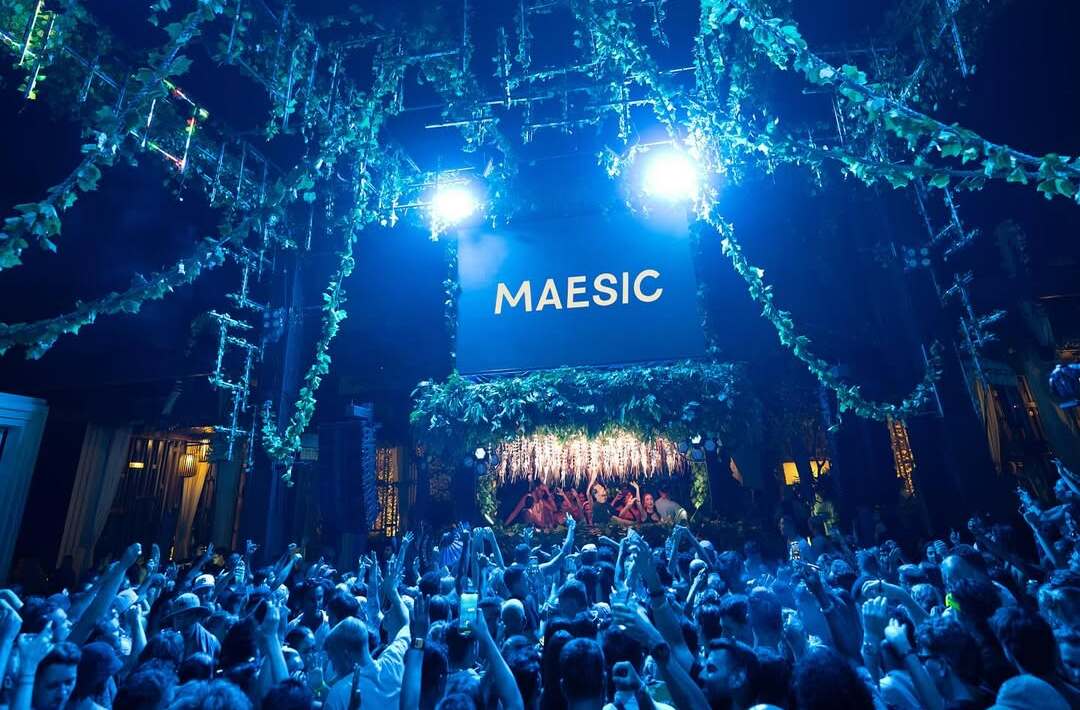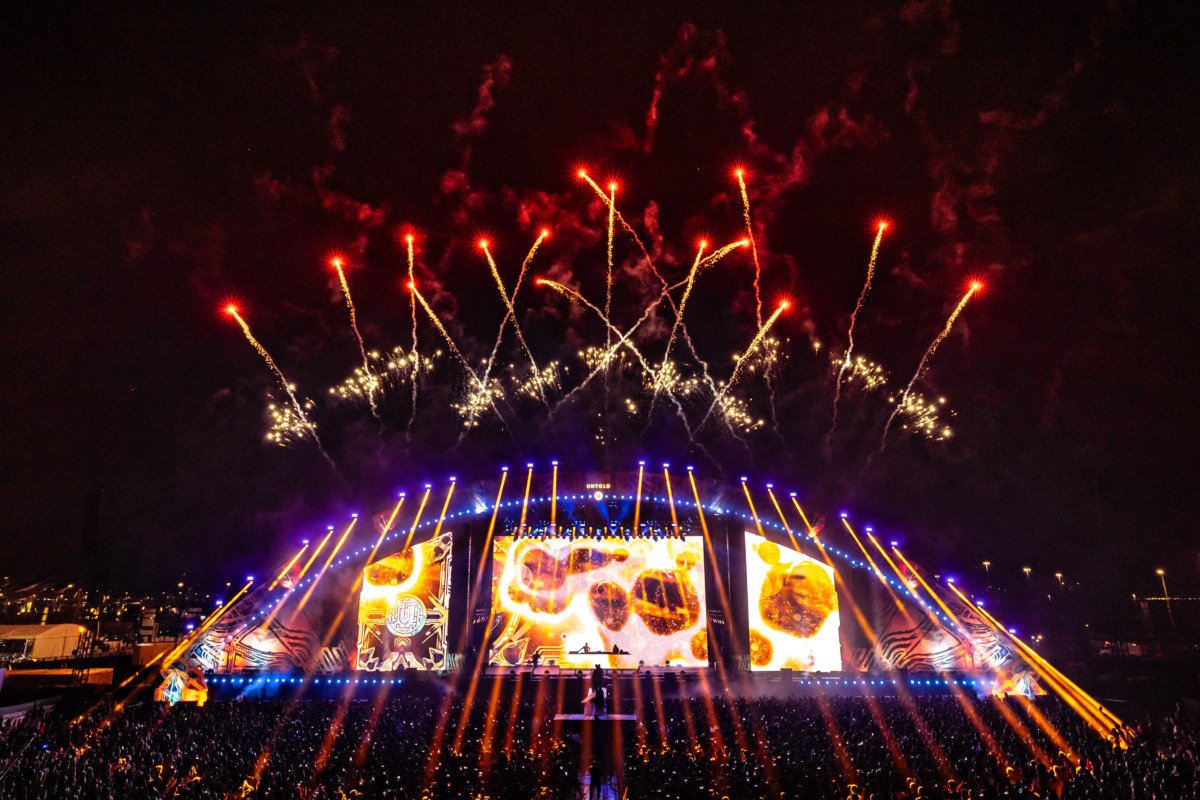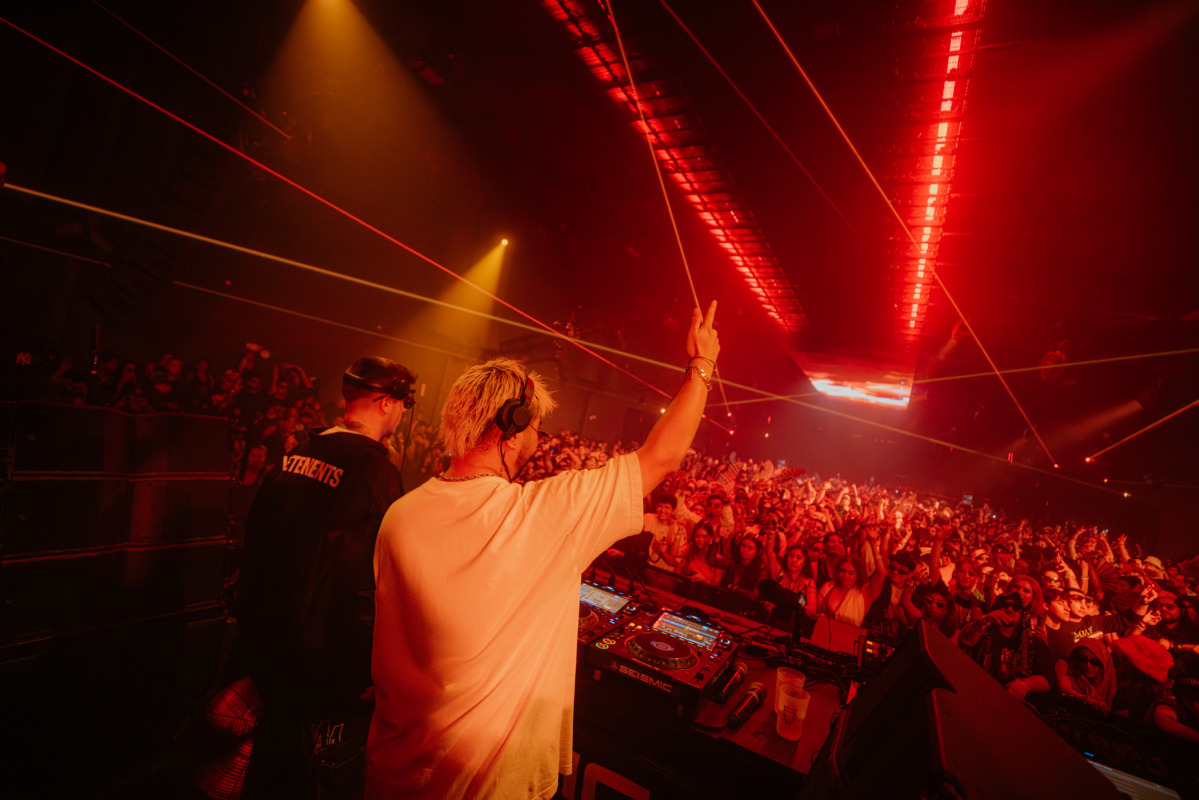Since 1987, Square Enix's Final Fantasy series has existed in many forms. Given the franchise's storied history, it would be natural for there to be multiple genres of adaptations, including in anime. Now that the Final Fantasy VII Remake has had time to saturate the Twittersphere regarding certain controversial storytelling decisions, let's summon the series' foray into anime and reveal whether or not they are worthy to equip for battle -- listed below from worst to best.
Final Fantasy: Legend of the Crystals
The first anime adaptation of the series was released in 1994 and based on Final Fantasy V. Often relegated to the dark corners of YouTube (and via various memes utilizing a certain character's magic-imbued ass) the four-part series has been largely ignored by wider audiences as being exceptionally below average.
The film is meant to be a sequel, revisiting the world of Final Fantasy V 200 years into the future where a descendant of Bartz, Linnally, and a hardcore biker dude with an attitude, Prettz, embark on a journey to return three of the four stolen crystals of power. The great evil wizard Ra Devil has stolen Cid's brain, of course, and is using it to learn how to operate said crystals.
Too much of the film deviates from its source, leading fans to believe -- maybe as a coping mechanism -- that the series may take place in an alternate universe or perhaps someone's feverish dream. The chocobos are nude despite them being feathered in the game and yes, this is explained away by Linally's magic being imperfect, but still, an odd choice; one no worse than the decision to have Linally's butt glow when she uses magic. Oh, and the panty shots. They are everywhere. Linally's butt should be listed as a recurring character as it is third only to Prettz and Linally herself in appearances.
The series may have been released in the mid-'90s, but it retains a 1980s aesthetic in both style and failed attempts at humor. While sometimes sloppy animation can be forgiven, being a dull incarnation of a rather fantastic series is unforgivable, which means Legend of the Crystals is best considered a poor attempt at fan fiction.
Final Fantasy: Unlimited
Is there a place for a Final Fantasy children's show? Wonder no longer, Final Fantasy: Unlimited exists. From legendary anime creator Mahiro Maeda, Unlimited answers a question nobody asked -- existing in a world of its own that time has forgotten.
The 25-episode television series hit screens in 2001 and fell flat for both fans of the game series and anime fans in general. Given the extensive lore the series had to build on, it's curious why the decision was made to make the story so blasé and, well, rather limited.
A pair of twins, Ai and Yu Hayakawa, go on a journey to “Wonderland” in search of their parents. Accompanying them is the rather obviously named Lisa Pacifist. Is that of German origin? Who knows. What sticks out from the beginning is the melding of 2D and 3D animation, in particular, when magic is used. Lisa's spirit energy is rather beautifully animated via computer technology, but characters themselves and the fantasy world of Wonderland is phoned in.
The trio ride ghost trains, they summon powerful beings and they waste time with pointless chocobo silliness reminiscent of The Record of Lodoss War sequel's horrific chibi interludes. Is this a show for children or adults? The content itself suggests that the creators were reaching for that anime boom success -- the chocobos are yellow and so is Pikachu, it practically prints money! -- but alas, the series never rose to such acclaim. Perhaps it had something to do with the marketing, in which Lisa Pacifist appears semi-nude or in an awkwardly suggestive pose. Maybe, like Miley Cyrus, the show was meant to straddle both worlds and failed to firmly plant itself in either.
While the series may have failed commercially, it does hold a special place in Final Fantasy lore and may even please fans for whom the uber-serious end-of-the-world scenarios of the games are just too much in an already troubled world. In that case, Unlimited may be your cup of tea.
Final Fantasy VII: Advent Children
The computer-animated sequel to the original Final Fantasy VII reintroduced Cloud and crew with stunning visuals and insane action alongside a somewhat convoluted plot. Director Tetsuya Nomura of Kingdom Hearts notoriety -- who would go on to direct the Final Fantasy VII Remake -- brought the film to life and gave fans exactly what they had wanted: a worthy sequel.
Cloud and Tifa live together as caretakers of two children -- Barret's daughter Marlene and a sickly boy named Denzell -- in a rundown station. Two years following the destruction of Midgar, the duo seem well enough until it's revealed that both Cloud and Denzell are suffering from a disease known as Geostigma. Unfortunately for Cloud, resting is not an option as the spirit of Sephiroth has returned in the form of three sycophants hellbent on resurrecting the iconic villain with the help of Jenova.
What it's actually about though are the magnificent battle scenes, in particular, Cloud's final battle with Sephiroth. Given the limitations of 2005's technology, the film achieves an uncanny fluidity through swordplay that feels as realistic as one could imagine even with the J-Pop pretty boy nature of the cast. Final Fantasy is no stranger to setting the bar high for computer animation, though, and Advent Children isn't even it's most high-tech computer-animated undertaking -- that credit goes to The Spirits Within, for better or worse, which was released four years prior.
Where it succeeds is in paying homage to the beloved characters who are treated well and given their due. Aerith and Zack's sendoff soared, a truly classic moment for fans of the tragic pair. In 2009, Square Enix released Advent Children Complete with 25 minutes worth of extra footage and cleaner visuals, elevating the film from good to great. Given that the source material is held to such high esteem, Nomura and writer Kazushige Nojima succeeded in pleasing even the most ardent fan.
Brotherhood: Final Fantasy XV/Kingsglaive
A five-part anime series and a feature-length, computer-animated film preceded Final Fantasy XV, wherein its modernity-meets-medieval aesthetic was put on full display. Think ostentatious castles straight out of a fantasy novel where businessmen pass through while chatting on cellphones. The world of FFXV is immense and without Brotherhood and Kingsglaive, it just isn't a complete experience.
The game is often referred to -- lovingly or mockingly -- as “Bros on the Road.” Noctis, the crown prince, embarks on a road trip in celebration of his upcoming wedding with his four closest friends: Ignis, Gladiolus and Prompto. When the bachelor party is interrupted by news of a coup that finds his father murdered and the country thrown into chaos, the game kicks off.
Prior to the action comes Brotherhood. Each of the 15-minute episodes explores the background of one of the game's fateful four, providing context for their individual relationships. Prompto's school years are shown to have been rather rough, for instance. When he meets Noctis, he commits to turning his life around and is encouraged along his journey by the prince, and the two form an unexpected bond. The rather slice-of-life episode is heartwarming and wonderfully animated, offering substance within an important link between the characters prior to their journey.
Gladiolus' loyalty is demonstrated in his desire to see Noctis become worthy of the crown while Ignis' passion for cooking is explored, his leadership influencing Noctis to be better. The series did an excellent job of giving audiences a personal connection to the characters while easing into the game itself. Where the series ends with the four riding along carefree, the game begins as the engine stalls and the friends push the car along the road to the tune of Florence + the Machine's “Stand By Me.” If the overall theme of Final Fantasy XV was, in fact, brotherhood, the series embodies the message loud and clear.
Kingsglaive, meanwhile, was a CG-spectacle with a cast featuring the likes of Sean Bean, Lena Headey and Aaron Paul. A real whos-who cast riding the popularity of Game of Thrones and Breaking Bad. Its imagery was spectacular, but without knowing the basic gist of the game itself, the plot is lost. However, for completionists, Kingsglaive is required viewing for players due to in-game references that only occur in the film.
To fully experience Final Fantasy XV, one has to imagine it as a trilogy. To the detriment of the game, that was never made clear by Square Enix. To the true-believers for whom FFXV holds a special place, it was a world of endless possibilities, with Brotherhood being the best realization of Final Fantasy-inspired anime.


